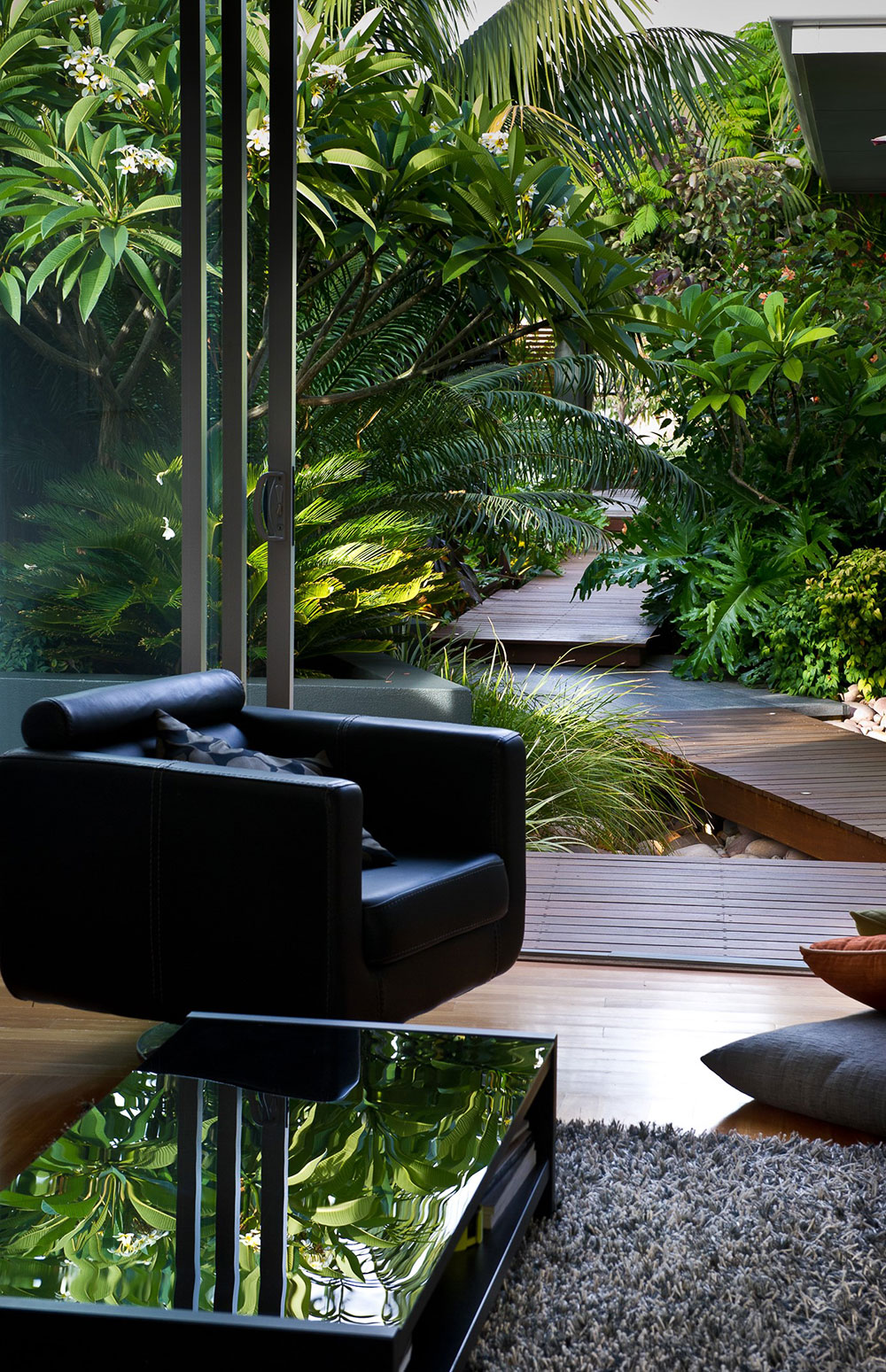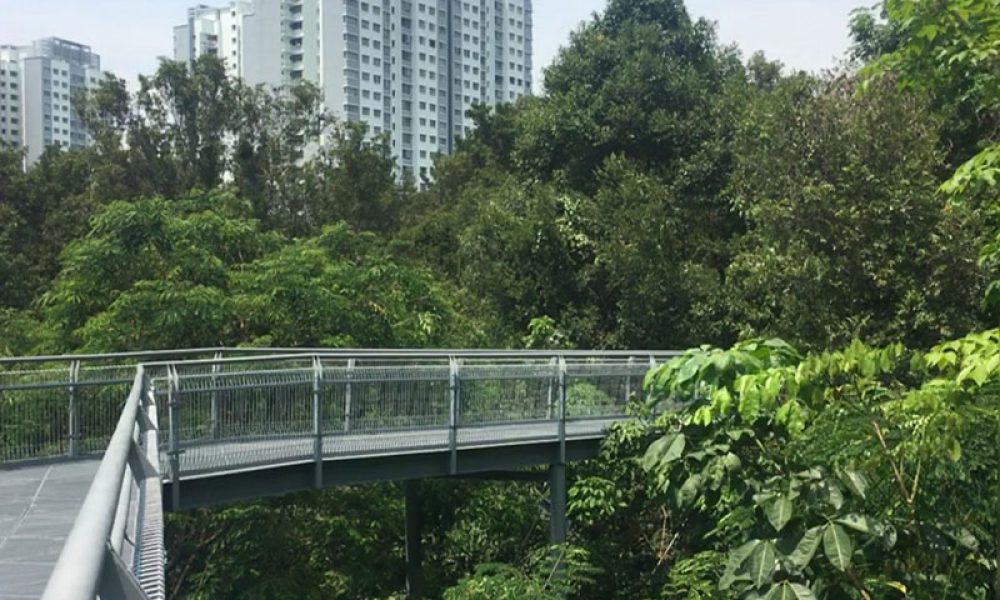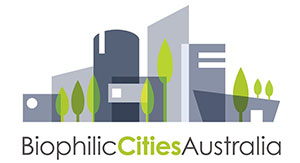Biophilia is a word that you will soon be hearing much more of and its going to have an increasing influence on Urban Planning, Architecture, Interior Design and Landscape Design.
The word ‘Biophilia’ means a love of life or living things. In the real sense it means creating living environments that make us feel connected to nature.
If you were asked to imagine being somewhere you feel relaxed and calm, more than 90% of people imagine a natural setting. We feel good in nature and our physical and mental well being is dependent on how we are able to engage with the natural environment both at home, school and at work. An environment that is connected to nature, affects our productivity, our health, our mood and even how we relate to others. We are intuitively attracted to nature.
I have been designing gardens here in WA for more than 30 years and a few years ago I attended a talk on Biophilic Design by Tim Beatley. Tim is the author and co-author of more than fifteen books, including Green Urbanism, Native to Nowhere, Ethical Land use and his most recent book Biophilic Cities. I was captivated – not because it was a discovery but because I realised that my own enduring philosophy of how we should design our cities, streets, sites and our own private houses and gardens had a name. ‘Biophilic Design’.
Federal, state and local government, now acknowledge that to create a sustainable, liveable city we must finally implement the creative strategies that many landscape designers and urban planners have been proposing for some years.

It is not sufficient to merely pay lip service to sustainability and climate change and then continue to remove trees and destroy the natural environment, in favour of development. That’s not to say, that development is bad per se, but rather, we could do it so much better.
As the planet continues to rapidly urbanise, we need a new model for development. One that enriches our lives and wellbeing and where all living things can flourish. Where great design takes a holistic approach and rather than just creating parks and green spaces, we consider how we can connect the buildings and the spaces between them.
It may seem incongruous to talk about cities, towns and suburbs when I am in essence a Landscape Designer, but in terms of sustainability our own little patch can’t be considered in isolation. The amenity and liveability of a suburb is inextricably linked to the vegetation of public open spaces, verges, front gardens and finally our own private outdoor areas.
I believe one of the best things that can be done for the environment is to ‘live smaller’ and it’s reasonably easy to do this without sacrificing comfort or quality of life. Be open to innovative green architecture, build a high quality home that is not large but still accommodates your needs. Get some expert advice right at the beginning so that you may keep and enjoy the benefits of suitable existing mature trees on the site. Leave a realistic amount in your budget to create your garden and consider at the early stages of design how your new home will connect to your immediate landscape and the streetscape.
My own personal philosophy has always been ‘A house should look like ‘it’s’ been planted in the garden. A biophilic house no less! Here is a pic of my own garden viewed from my living room…

Fremantle has become the first Biophilic partner city in Australia, but many other progressive cities in Australia are also implementing the Biophilic design philosophy in key projects. If you are interested in Biophilic Design in Australia check out their FB page:


